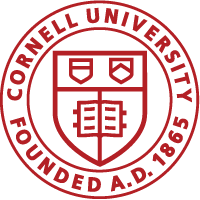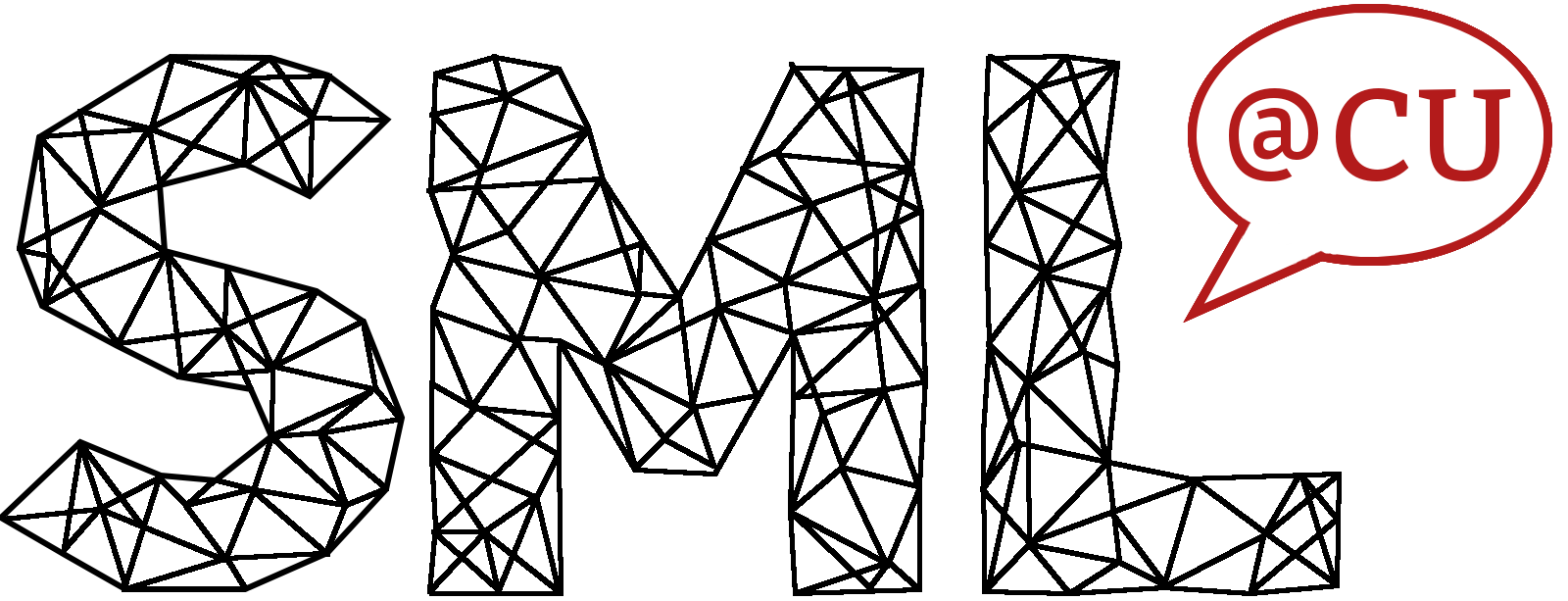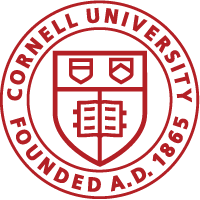There are still a lot of un-answered questions about how online communication can influence health, and how social technologies can be used to improve health and well-being.
The SML has worked on several projects relating to health and digital communication in the past few years.
Pro-Anorexia and Social Media
Pro-anorexia websites are controversial yet rapidly growing online communities. On these websites, users who suffer from anorexia encourage each other to continue illness-related behaviors rather than recovering. Previous research has developed frameworks for understanding disclosures of stigmatized information and the use of online negative enabling support groups. We used these theoretical frameworks as a basis to investigate the interactions between people on pro-anorexia sites by examining the relationship between original messages and the comments or responses that those messages receive. We also explore how the way the original poster of the message communicates changes between the initial disclosure and later responses. This study has important implications for our understanding of online health communities in which stigmatized individuals seek support. It also helps us expand our comprehension of the role of stigmatized self-disclosures and responses.
Chang, P. F., & Bazarova, N. N. (2016). Managing stigma: Exploring disclosure-response patterns in pro-anorexic websites. Health Communication, 31, 217-229.
Chang, P.F., & Bazarova, N.N. (2014). Managing stigma: Exploring disclosure-response communication patterns in pro-anorexic websites. Paper to be presented at the 64th Annual conference of the International Communication Association, Seattle, WA, May 22-26.
Media: The Pro-Ana Wars: Why Thinspiration Continues to Infect Social Media by Sarah Devlin in Teen Vogue.
Online Social Networking Across the Life Span
Many (if not most) studies of online social networking focus on younger users, and even those that apply to general populations often use samples of college students. In this study, we used Socioemotional Selectivity Theory to examine patterns of online social network use across the life span, extending other research findings to middle-aged and older adults. We used a sample of 1000 demographically diverse Facebook users, ranging in age from 18 to 93, collected from a nationally representative phone survey. We analyzed age differences in their network composition, their use of social networking sites, and the relationship between social network composition and social isolation and loneliness.
Bazarova, N.N., Chang, P., Choi, Y.H., & Loeckenhoff, C.E. (2013). Online social networking across the life span: Extending socioemotional selectivity theory to social network sites. Paper presented at the 2013 AAAI Conference on Weblogs and Social Media (ICWSM ’13).
Chang, P.F., Choi, Y.H., Bazarova, N.N., & Loeckenhoff, C.E. (2015). Online social networking across the life span: Extending socioemotional selectivity theory to social networking sites. Journal of Broadcasting and Electronic Media.
Chronic Pain Communication and Social Support
This project, a collaboration with Dr. Geri Gay in the Department of Information Science, explores how older adults with chronic pain use communication technologies to talk to others about their pain. We also recommend strategies for how doctors and other health professionals can use communication technologies to support older adults with chronic pain.
Chang, P. F., Bazarova, N. N., & Gay, G. (2015). Chronic pain communication and social support in online and mobile interactions. Paper presented at the 68th Annual Scientific Meeting of the Gerontological Society of America (GSA ’15). Orlando, FL.



